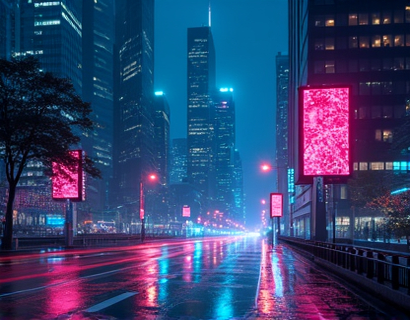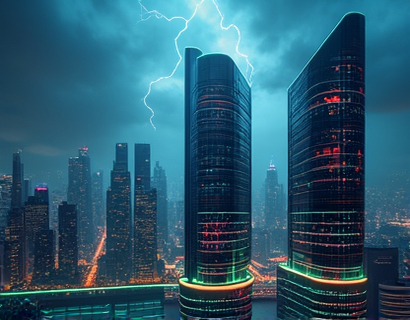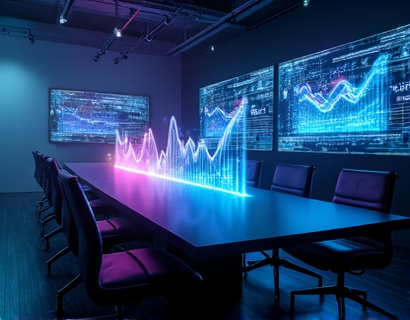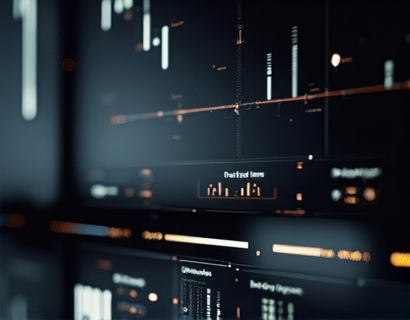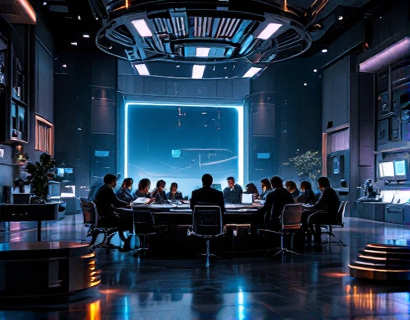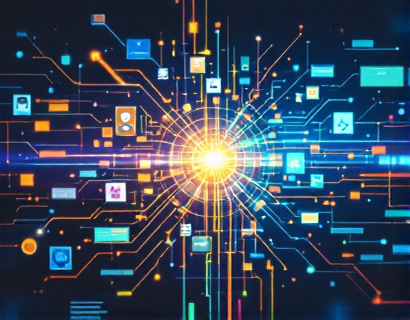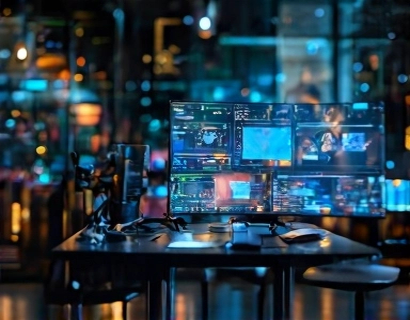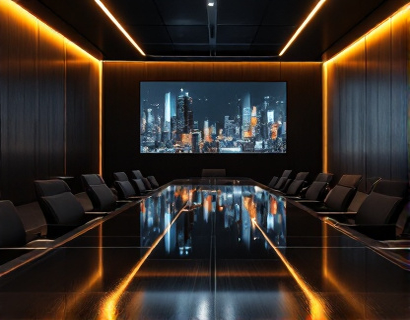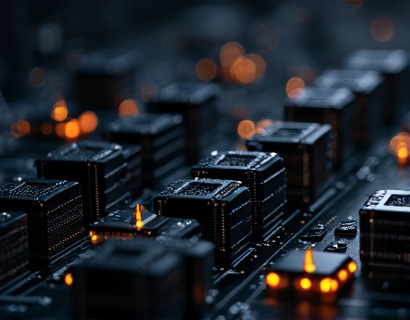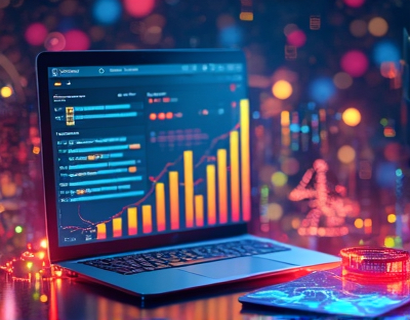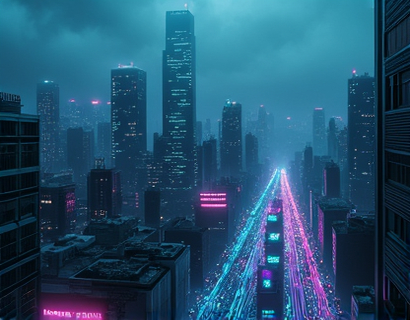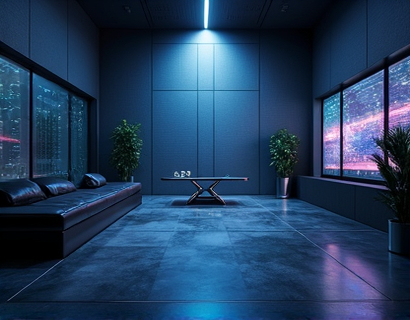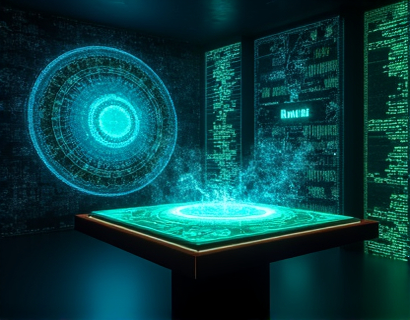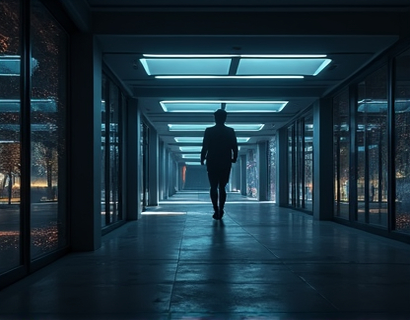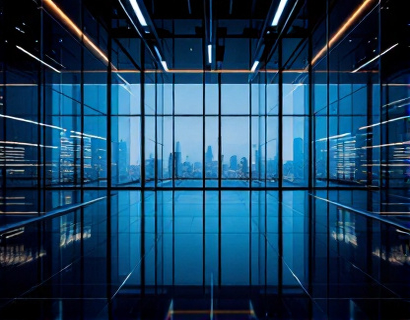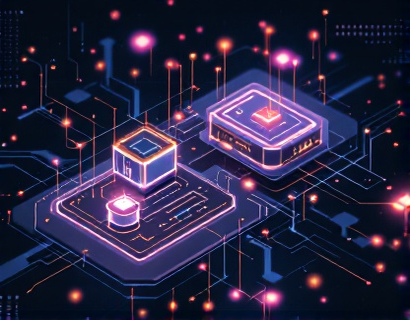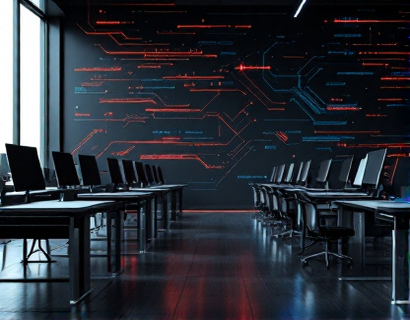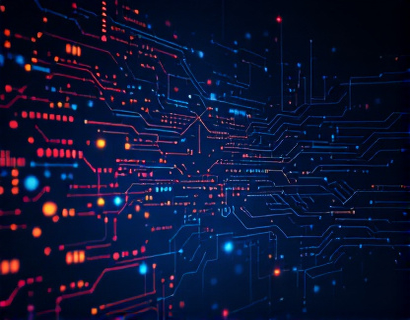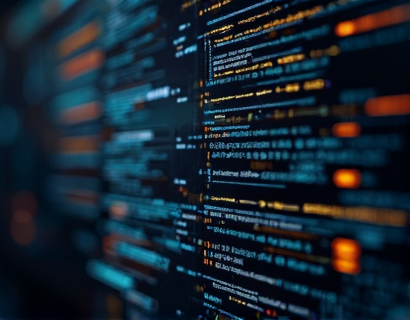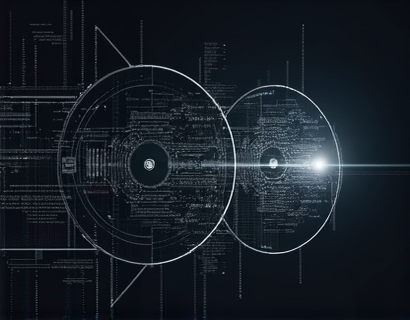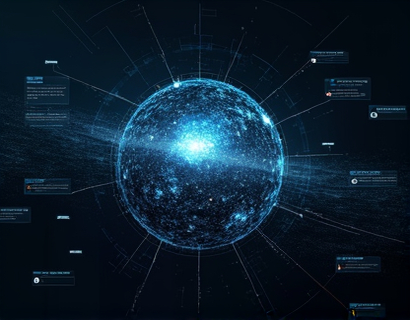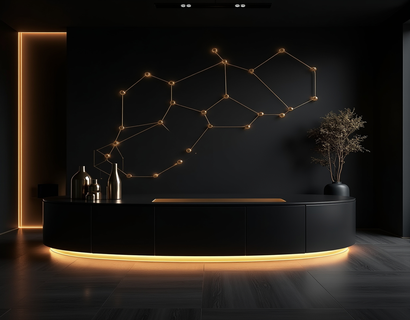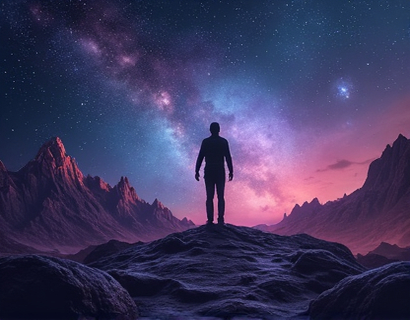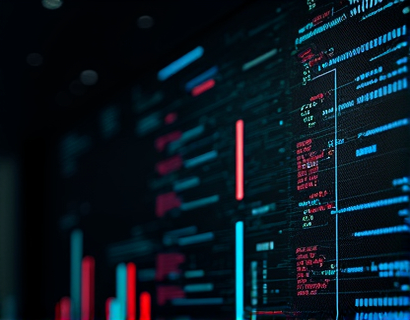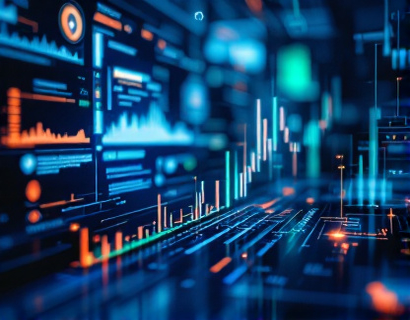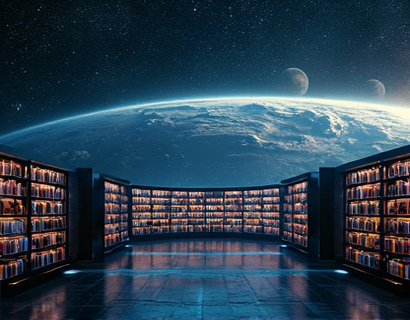AI-Powered Visual Design: Revolutionizing Graphic Creation for Everyone
The landscape of graphic design is undergoing a significant transformation with the advent of AI-powered tools. These innovative online platforms are leveraging the power of artificial intelligence to make professional-quality visual design accessible to a broader audience. No longer confined to experts with extensive training and expensive software, creating stunning graphics is now within reach for anyone with an internet connection and a creative idea. This shift democratizes design, empowering individuals and businesses of all sizes to enhance their visual content with minimal effort and maximum impact.
Understanding AI in Graphic Design
AI in graphic design operates by analyzing vast datasets of design elements, styles, and trends to generate visually appealing and contextually relevant graphics. Machine learning algorithms learn from these datasets to understand what constitutes effective design, enabling them to create original content that resonates with target audiences. These tools can suggest color schemes, typography, layouts, and even generate custom illustrations based on user inputs or predefined styles. The result is a seamless integration of human creativity and machine intelligence, producing designs that are both unique and professionally crafted.
Benefits of AI-Powered Design Tools
The benefits of using AI-powered design tools are manifold. Firstly, they significantly reduce the learning curve associated with traditional graphic design software. Users with little to no design experience can create high-quality graphics without needing to master complex tools and techniques. This accessibility opens up new possibilities for content creators, small business owners, and hobbyists who can now produce visually compelling materials to engage their audiences. Additionally, these tools save time and resources, allowing users to focus on other critical aspects of their projects or businesses.
Another significant advantage is the speed and efficiency AI tools offer. Designs that would previously take hours or even days to create can now be generated in minutes. This rapid turnaround is particularly beneficial for businesses that need to produce a high volume of visual content regularly, such as social media managers and marketers. The ability to quickly iterate and test different design variations also enhances the creative process, leading to better outcomes and higher engagement rates.
User-Friendly Interfaces
One of the key features of AI-powered design tools is their user-friendly interfaces. These platforms are designed to be intuitive and straightforward, guiding users through the design process step by step. Users can start with simple templates or begin from scratch, and the AI will assist in refining the design based on their preferences and inputs. The interfaces often include drag-and-drop functionality, real-time previews, and a wide range of customizable elements, making it easy to experiment and achieve the desired look and feel.
Moreover, these tools often come with extensive libraries of assets, including fonts, icons, and images, which can be easily integrated into designs. This comprehensive resource pool ensures that users have everything they need to create professional-looking graphics without the hassle of sourcing individual elements separately. The integration of these assets with AI-driven design suggestions creates a cohesive and polished final product.
Customization and Personalization
AI-powered design tools offer a high degree of customization, allowing users to tailor their designs to specific needs and brand identities. Users can input their brand guidelines, such as color palettes and typography, and the AI will ensure that the generated designs align perfectly with these specifications. This level of personalization is crucial for maintaining brand consistency across various platforms and materials. Whether it's creating a logo, a social media post, or a marketing brochure, the tool can adapt the design to fit the desired style and tone.
Furthermore, these tools often include features for A/B testing, enabling users to compare different design variations and select the most effective one based on performance metrics. This data-driven approach ensures that the final design not only looks good but also performs well in terms of engagement and conversion rates.
Applications Across Various Industries
The versatility of AI-powered design tools makes them applicable across a wide range of industries and use cases. For marketers and digital teams, these tools can streamline the creation of social media graphics, email campaigns, and landing pages, saving valuable time and resources. Small business owners can use these tools to produce professional-looking advertisements, business cards, and website banners without the need for a dedicated designer. Content creators, whether bloggers, YouTubers, or podcasters, can enhance their visual content with high-quality images and graphics that align with their brand identity.
In the realm of education, teachers and educators can utilize these tools to create engaging visual aids, presentations, and learning materials. Non-profit organizations can leverage AI design tools to produce impactful fundraising materials, promotional content, and awareness campaigns. Even creative hobbyists can explore their artistic side by generating unique and professional-looking artwork and designs.
Enhancing Visual Content with AI
The integration of AI in graphic design not only simplifies the creation process but also elevates the quality of visual content. AI algorithms can analyze and optimize images for web and print, ensuring that designs look their best across different platforms and devices. This includes adjusting resolution, compression, and format to maintain image quality while reducing file sizes for faster loading times. For videos and animations, AI can assist in generating frame-by-frame designs, automating background removal, and applying consistent styling across sequences.
Moreover, AI-powered tools can analyze audience preferences and behavior data to suggest design elements that are likely to resonate with the target demographic. This data-driven approach helps creators make informed decisions, increasing the likelihood of their content going viral or achieving high engagement rates. The ability to create visually appealing content that resonates with the audience is a significant advantage in today's competitive digital landscape.
Challenges and Considerations
While AI-powered design tools offer numerous benefits, there are also challenges and considerations to keep in mind. One potential issue is the risk of over-reliance on AI-generated designs, which might lead to a lack of originality and creativity. It's essential for users to use these tools as aids rather than crutches, incorporating their own creative vision and ideas to ensure unique and authentic designs. Additionally, the quality of the output heavily depends on the quality of the inputs and the specific AI algorithms used. Users should be aware of the limitations and continuously seek ways to improve and refine their designs.
Another consideration is the ethical use of AI in design. Ensuring that generated content does not infringe on copyrights or violate ethical standards is crucial. Users should be mindful of the sources of assets used and give proper credit where necessary. Transparency and accountability in the design process are essential to maintain trust and credibility.
Future Trends in AI-Powered Visual Design
The future of AI-powered visual design is promising, with ongoing advancements expected to further enhance the capabilities of these tools. One area of development is the integration of more sophisticated AI models, such as generative adversarial networks (GANs) and neural style transfer, which can produce even more realistic and diverse designs. These advancements will allow for greater creativity and flexibility, enabling users to explore new design possibilities and push the boundaries of what is visually achievable.
Another trend is the increasing focus on user feedback and collaborative design. AI tools are becoming more adept at understanding and incorporating user preferences in real-time, creating a more interactive and personalized design experience. This collaborative approach not only improves the final output but also empowers users to take a more active role in the creative process.
Furthermore, the integration of AI with other emerging technologies, such as augmented reality (AR) and virtual reality (VR), is opening up new frontiers in visual design. Designers can create immersive and interactive experiences that engage users in entirely new ways, transforming how we perceive and interact with digital content.
Conclusion
AI-powered visual design tools are revolutionizing the way we create and consume graphics, making professional-quality design accessible to everyone. These innovative platforms bridge the gap between creative ideas and polished visuals, empowering a wide range of users to enhance their content with ease. As the technology continues to evolve, the potential for even more sophisticated and user-friendly design tools is vast. Embracing these advancements can help individuals and businesses stay competitive, engage their audiences more effectively, and bring their creative visions to life.




